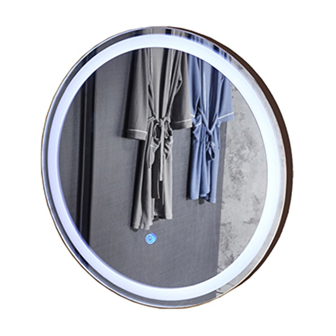Dec . 16, 2024 08:55 Back to list
laminated glass and toughened glass
The Benefits and Applications of Laminated Glass and Toughened Glass
In the modern era of architecture and construction, glass has become an essential material, offering both aesthetic appeal and functional benefits. Among the various types of glass available, laminated glass and toughened glass are two prominent options that uniquely cater to diverse needs. This article explores the characteristics, advantages, and applications of both laminated and toughened glass, showcasing their importance in contemporary design and safety.
Laminated Glass
Laminated glass is composed of two or more layers of glass that are bonded together with an interlayer, typically made of polyvinyl butyral (PVB) or ethylene-vinyl acetate (EVA). This interlayer serves multiple purposes, including enhancing safety, sound insulation, and UV protection. One of the defining features of laminated glass is its ability to hold together even when shattered, effectively preventing dangerous shards from scattering. This quality makes it an ideal choice for applications where safety is paramount.
Advantages of Laminated Glass
1. Safety and Security The interlayer in laminated glass makes it resistant to impact and prevents the glass from shattering, thereby reducing the risk of injuries from broken glass. This is particularly valuable in locations prone to vandalism, such as storefronts and public buildings.
2. Sound Insulation Laminated glass can significantly reduce noise pollution. The interlayer dampens sound vibrations, making it an excellent choice for buildings located in busy urban environments or near airports.
3. UV Protection Laminated glass can block up to 99% of harmful UV rays, protecting interiors from fading and degradation. This feature is particularly beneficial for museums, art galleries, and retail spaces that house sensitive materials.
4. Energy Efficiency By using laminated glass in windows and facades, buildings can improve energy efficiency by reducing the need for heating and cooling. The enhanced insulation properties help maintain consistent indoor temperatures.
Toughened Glass
Toughened glass, also known as tempered glass, is manufactured through a heating and cooling process that increases its strength. This type of glass undergoes thermal treatment, making it several times stronger than ordinary glass. It is also designed to break into small, blunt pieces rather than sharp shards, significantly reducing the risk of injury.
laminated glass and toughened glass

Advantages of Toughened Glass
1. Strength and Durability Toughened glass is particularly resistant to thermal stress and impact. Its strength makes it suitable for high-traffic areas, such as shower enclosures, glass doors, and facades where high flexibility and weight-bearing capabilities are crucial.
2. Safety Features In the event of breakage, toughened glass breaks into small, uniform pieces rather than jagged shards. This design minimizes the risk of injury, making it a safer alternative in both residential and commercial spaces.
3. Versatility Toughened glass can be used in a variety of applications, from glass balustrades to skylights and glass tables. Its strong nature allows for larger panels and more innovative design solutions.
4. Heat Resistance Toughened glass can withstand considerable temperature changes, making it suitable for use in environments where temperature fluctuations are common.
Applications
Both laminated glass and toughened glass have a wide range of applications across different sectors.
- Laminated Glass is prevalent in areas requiring enhanced safety, such as schools, banks, and public transport stations. It is also commonly used in exterior glazing, skylights, and as a sound barrier in noise-sensitive environments.
- Toughened Glass is often utilized in structures where both safety and aesthetics are essential. Common applications include shower screens, curtain walls, glass staircases, and facade elements that demand strength and style.
Conclusion
In conclusion, laminated glass and toughened glass represent significant advancements in glass technology, offering safety, durability, and aesthetic versatility. Their unique properties make them suitable for a variety of applications, ensuring that modern buildings not only meet safety regulations but also enhance the overall visual experience. As architectural design continues to evolve, the importance of using high-quality materials like laminated and toughened glass will undoubtedly play a crucial role in shaping our built environment.
-
Safety and Style with Premium Laminated Glass Solutions
NewsJun.24,2025
-
Reinvents Security with Premium Wired Glass
NewsJun.24,2025
-
Premium Float Glass Line for Modern Architecture
NewsJun.24,2025
-
Low Emissivity Glass for Energy-Efficient Architecture
NewsJun.24,2025
-
High-Performance Insulated Glass Solutions for Modern Architecture
NewsJun.24,2025
-
Elevates Interior Style with Premium Silver Mirror
NewsJun.24,2025
Related PRODUCTS














